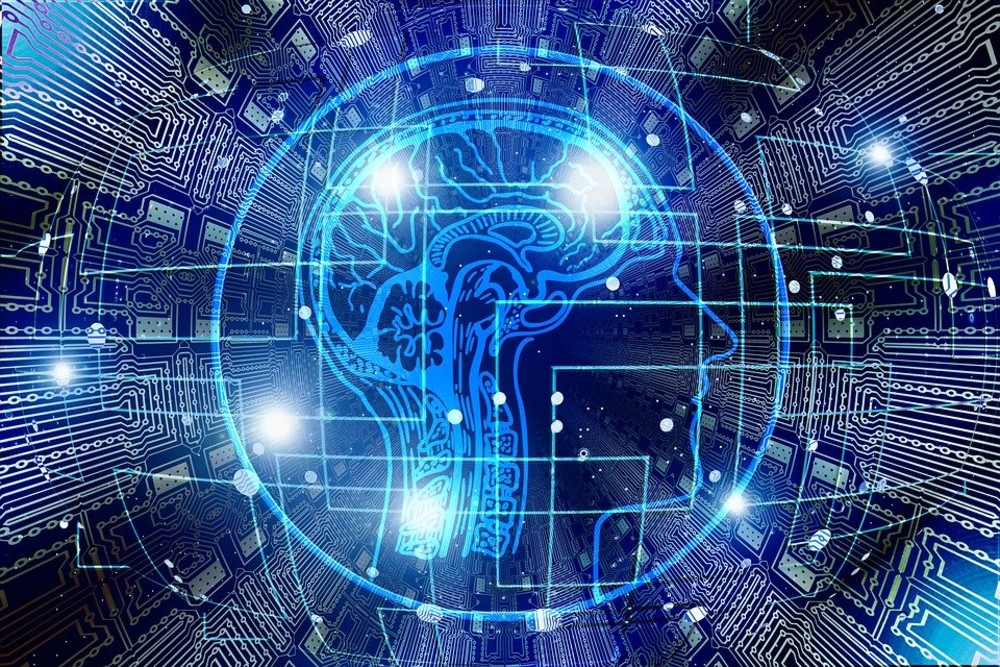Scientists from the University of California San Francisco are now able to translate human brain signals to text. The study used brain activity and neural networks to create a system able to read the brain and decode its signals to text.
The development of speech decoders by Google and Amazon that are accurately able to translate our spoken language into text has been an outstanding milestone in Artificial intelligence (AI). The application of such AI systems in virtual assistant systems and transcription work has shown just how these types of technologies can help in day to day activities.
Human brain signals to text
However, new research on how human brain signals can be decoded to text is proving that we are just getting started in this field. The impressive technology will be able to translate human brain signals into text without hearing a single word by just analyzing brain activity.
The research which was developed by scientists from the University of California, San Francisco, is building on previous work done on brain-machine interfaces. a team led by neurosurgeon Edward Chang of UCSF’s Chang Lab conducted the research on four patients with epilepsy.
They were able to use an electrocorticogram that recorded the electrical activity of the brain during the study. The participants were told to read a set of sentences on repeat while hooked on electrodes that detect brain activity. Their brain activity during the reading sessions was then fed into a neural network that analyzed the patterns formed when each word was uttered.
After this, the data was fed into another neural network that made connections between brain activity and the words. A connection was established between these patterns and words which was then used to predict what was being said.
97 percent success rate for some participants
The participants were then asked to glean over 30 to 40 words without uttering a word. The neural networks were then supposed to analyze the brain activity and associate them with words that had already been recorded. To measure the accuracy of the study, they used a word error rate (WER) to determine what percentage of interpretation of human brain signals to text was accurate.
The study was able to determine that for one subject taking part in the study, the WER was only 3 percent. The researchers indicated that the 97 percent accurate translation of the human brain signals to text was the closest they had come to mind reading using technology.
The study was published in Nature Neuroscience and offers a new frontier in the field of artificial intelligence.
Featured image by Pixabay







